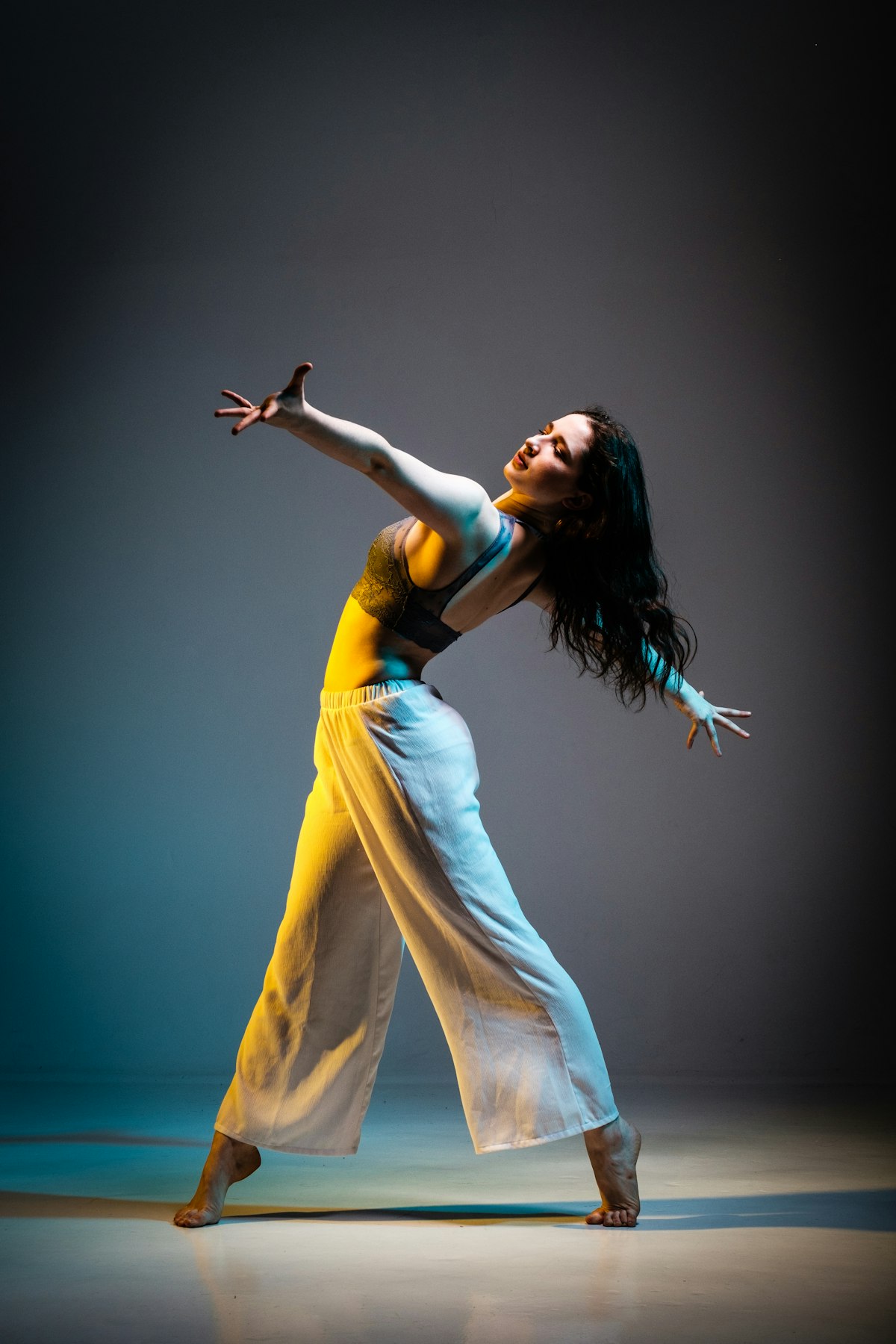Ballet shoes are more than just footwear—they’re an extension of a dancer’s body. Whether you’re a beginner or a seasoned performer, the right pair can make all the difference in your technique, comfort, and artistry. But with so many options, how do you find your perfect fit? Let’s break it down.

1. Know Your Ballet Shoe Types
Not all ballet shoes are created equal. Here’s what you’ll encounter:
- Full-sole vs. Split-sole: Full-sole shoes (stiff leather or canvas under the entire foot) are ideal for beginners building strength. Split-sole shoes (flexible under the arch) offer better articulation for advanced dancers.
- Leather vs. Canvas: Leather molds to your foot for a custom fit but lasts longer. Canvas is lightweight and breathable, preferred for modern styles.
- Pointe Shoes: For advanced dancers only—requires professional fitting and strength training.
Pro Tip:
Still unsure? Ask your instructor! Studio requirements often dictate shoe types (e.g., specific colors or soles for performances).
2. Fit Like a Second Skin
Avoid the "growing room" myth—ballet shoes should fit snugly but not restrict movement. Follow these steps:
- Toes: Flat and relaxed, no curling or crunching.
- Heel: No gaping; the shoe should hug your heel without slipping.
- Width: Check for pressure points at the bunions or pinky toe.

3. Material Matters
Canvas: Affordable, machine-washable, and great for sweaty feet. Best for rehearsals.
Leather: Durable, molds to your foot, and offers subtle resistance for strengthening.
Satin: Reserved for performances—delicate and glamorous but impractical for daily use.
4. Elastic & Ribbons: Secure Your Fit
Most ballet shoes come pre-sewn with elastic, but customize for your arch:
- Diagonal elastics (from heel to inner arch) prevent slipping.
- Ribbons (for pointe shoes) require precise sewing—ask your teacher for guidance.
Did You Know?
Some dancers use "criss-cross" elastic for high arches or narrow heels. Experiment (safely!) to find what works.
5. Break Them In Gently
New shoes can feel stiff. Speed up the process by:
- Wearing them at home for short periods.
- Flexing the sole gently with your hands.
- Avoiding excessive force—unnatural bends weaken the shoe.
Final Thought: Listen to Your Feet
Your shoes should disappear when you dance—no pinching, slipping, or distractions. If something feels off, don’t ignore it! Revisit the fit, material, or style until it feels like you.





